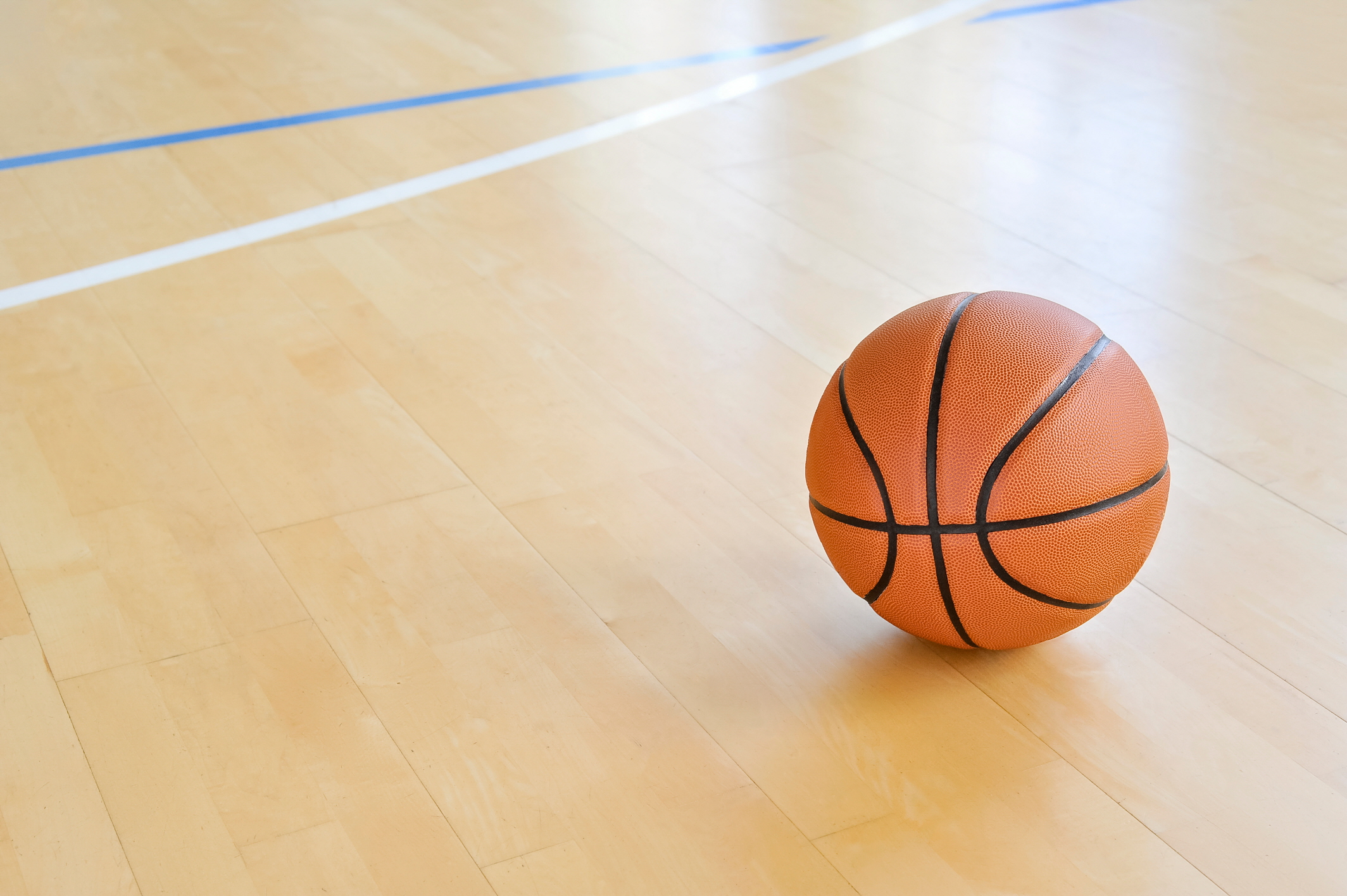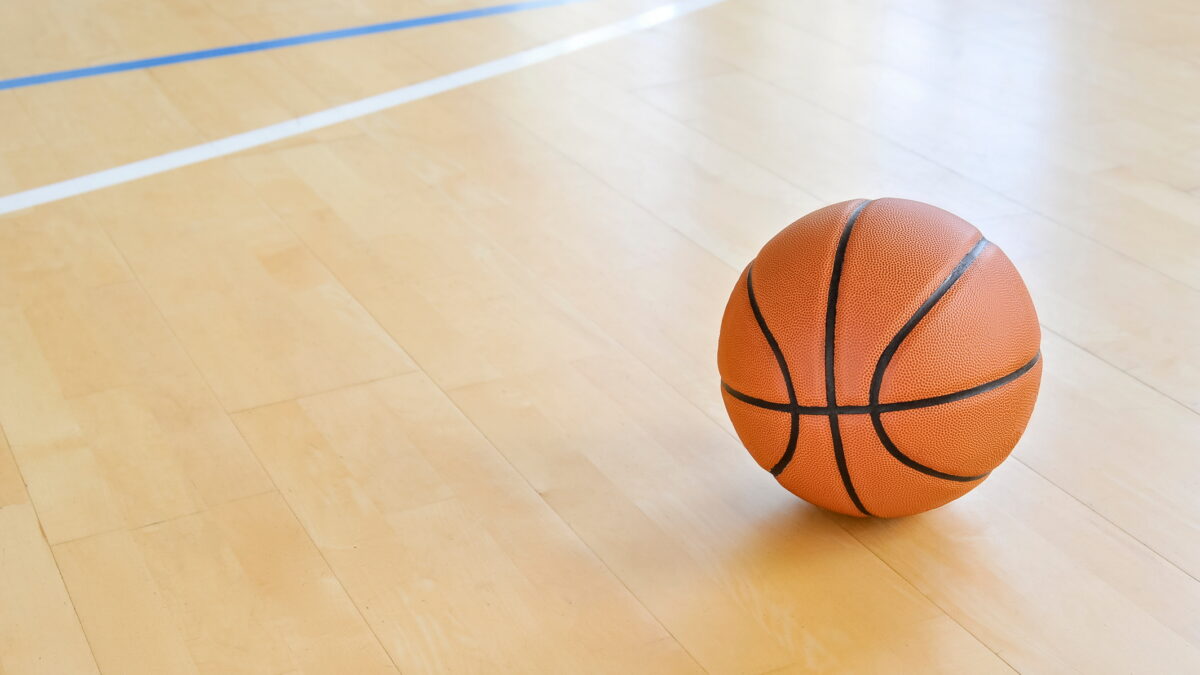Selecting the right flooring for an indoor sports court is essential for optimal performance and safety. Whether you’re equipping a facility for basketball, volleyball, or other fitness activities, the choice of flooring affects not only the gameplay but also the durability and ease of maintenance. This guide will delve into the best types of indoor sports flooring—such as polyurethane, timber, vinyl, linoleum, and rubber—providing you with the knowledge needed to make an informed decision.
Types of Indoor Sports Flooring
When selecting indoor sports flooring, numerous options are available, each presenting unique advantages for various activities. Let’s explore the most popular types of sports flooring.
- Polyurethane Floors
Polyurethane floors are a premier option for indoor sports courts, prized for their lasting durability and high performance.
These floors boast several advantages ideal for indoor sports environments. The outstanding elasticity of polyurethane provides exceptional shock absorption, minimizing injury risks and delivering a comfortable surface for athletes during play. Safety is paramount with these floors—they feature a non-slip surface crucial for maintaining player stability during dynamic actions and abrupt stops. Additionally, their low maintenance and ease of cleaning make them well-suited for busy venues where durability and hygiene are priorities.
A notable drawback of polyurethane flooring is the initial cost, which tends to be higher than that of other flooring alternatives. Nevertheless, the investment is often balanced by the benefits of prolonged durability and reduced upkeep, making the higher upfront cost worthwhile over time. Polyurethane flooring excels in facilities like indoor basketball and volleyball courts and multipurpose sports arenas, where its advanced performance and safety attributes are highly valued.
- Timber Floors
Timber floors represent a timeless option for sports courts, bringing a traditional and aesthetic appeal.
One of the key benefits of timber flooring is its natural bounce and tactile feel, which is why it’s favored in sports like indoor basketball and other activities. Durability is another hallmark of high-quality timber floors, as they’re built to endure heavy, consistent use over lengthy periods. Additionally, timber enhances the visual appeal of any indoor setting, with the option to customize through a selection of wood types and finishes for a premium look.
Despite its advantages, timber sports flooring requires considerable upkeep to maintain its appearance and performance, including regular refinishing and resealing. The initial installation and ongoing maintenance can also be quite expensive, especially when opting for top-tier hardwoods.
Given these characteristics, timber flooring is particularly well-suited for upscale sports facilities where both durability and aesthetic value are top priorities.
- Vinyl Floors
Vinyl flooring serves as a versatile and economical choice for indoor sports courts. It stands out for its affordability, particularly when compared to polyurethane or timber options, offering a broad spectrum of styles and colors that allow for easy customization according to design preferences. Additionally, vinyl floors are known for their ease of installation, making them a practical pick over other flooring types.
Although vinyl floors are recognized for their durability, they may not rival the performance or longevity of polyurethane or timber alternatives. This is partly because they often lack the specialized shock absorption and bounce that more dedicated sports flooring materials provide.
Vinyl flooring is particularly well-suited for applications like indoor gym floors and multi-purpose sports courts, where the priorities lean towards cost-effectiveness and adaptability, rather than niche performance features.
- Linoleum Floors
Linoleum flooring stands out as an eco-friendly and versatile choice, making it appealing for those who value environmental sustainability. Made from natural materials, linoleum is not only sustainable but also highly durable, offering longevity with the right maintenance. Its ease of cleaning and maintenance aligns well with the demands of busy sports facilities.
Despite its durability, linoleum might not provide the same level of cushioning and shock absorption as other flooring options, which could affect comfort during sports activities. Also, compared to vinyl or polyurethane floors, it presents fewer customization options.
This flooring is particularly advantageous for multi-purpose sports surfaces where the environmental impact is a crucial consideration.
- Rubber Sport Flooring
Rubber flooring is a favored option in sports and gym environments, known for its excellent shock absorption qualities. This makes it perfectly suited for high-impact activities, where it reduces the risk of injury and enhances performance. Besides its superior safety features, including a slip-resistant surface, rubber flooring stands out for its durability. It is built to endure heavy usage and high foot traffic, making it a reliable choice for busy fitness centers.
While rubber flooring is highly functional, its initial costs are higher compared to more budget-friendly options like vinyl and linoleum. Additionally, it might not provide the aesthetic qualities offered by timber or polyurethane floors. Nonetheless, for environments like indoor gyms and fitness centers where durability and safety are paramount, rubber flooring is an ideal choice, offering a practical solution where functional performance is more critical than visual appeal.
Factors to Consider When Choosing Sports Flooring
When choosing the ideal indoor sports court flooring, it’s important to weigh several factors to ensure that your selection aligns with your specific needs:
- Elasticity and Shock Absorption: Opt for flooring that offers sufficient shock absorption to minimize the risk of injuries for players. Both polyurethane and rubber floors excel in elasticity and shock absorption capabilities.
- Safety: Features such as slip resistance are critical to help avoid injuries during sporting events. Polyurethane and rubber flooring types stand out for their superior non-slip surfaces.
- Cost: Your budget will play a crucial role in your decision-making process. More economical options include vinyl and linoleum, while polyurethane and timber involve higher investment costs. Balance the upfront installation price with anticipated long-term upkeep expenses.
- Durability: Choose a flooring type that is robust enough to endure the specific demands of your sport and the level of usage it will encounter. Timber and rubber are renowned for their strength and long-term resilience, but vinyl and linoleum can also be durable with the right care.
- Customization: Should the aesthetic of the court be a top priority, seek out customizable flooring solutions. Vinyl and timber present a diverse array of styles and colors, allowing you to harmonize the court’s look with your facility’s overall design theme.
Selecting the optimal flooring for your indoor sports court requires careful consideration of several key factors, including cost, performance, safety, and aesthetics. Polyurethane floors are superb for high-performance environments, while timber offers both classic appeal and durability. For those mindful of budget, vinyl and linoleum provide cost-effective and versatile solutions. Additionally, rubber flooring stands out for its exceptional durability and shock absorption, making it ideal for gym settings.
For top-quality indoor sports court flooring solutions that meet your specific needs, consider exploring the range from LX Hausys. Our extensive selection ensures you can find the perfect match for your sports court requirements.


